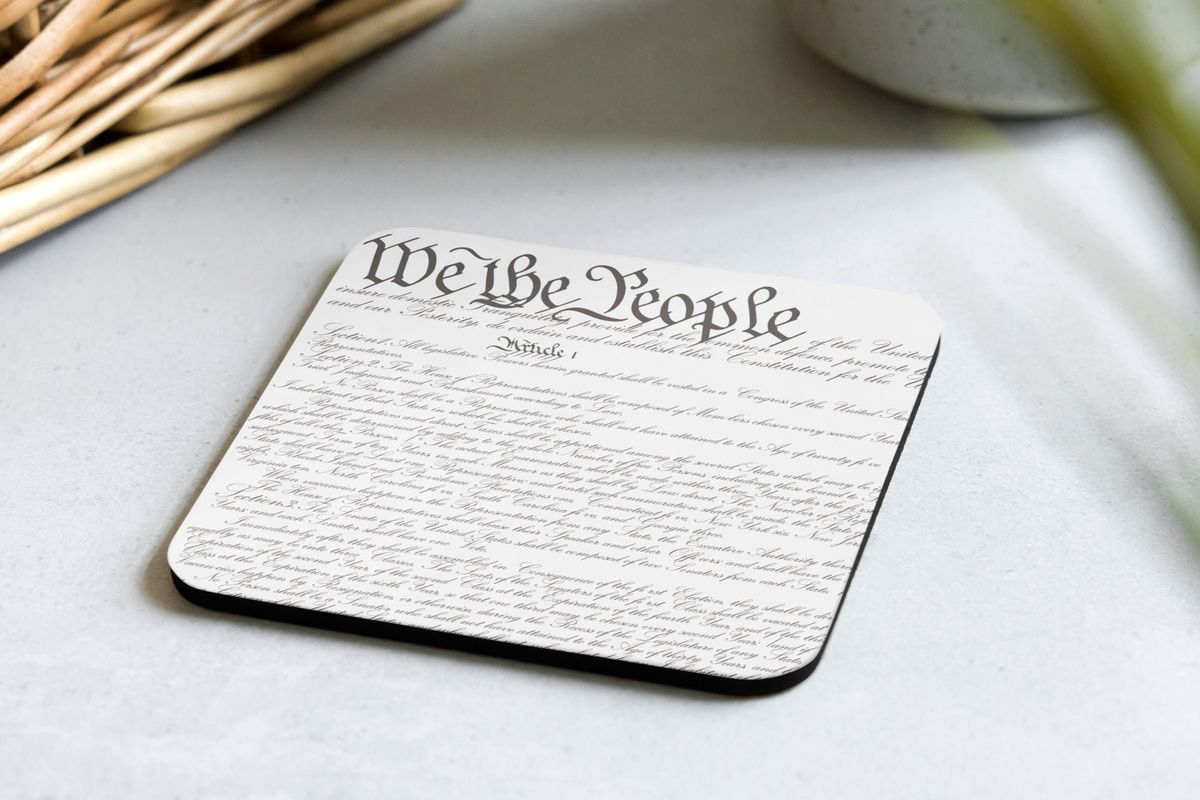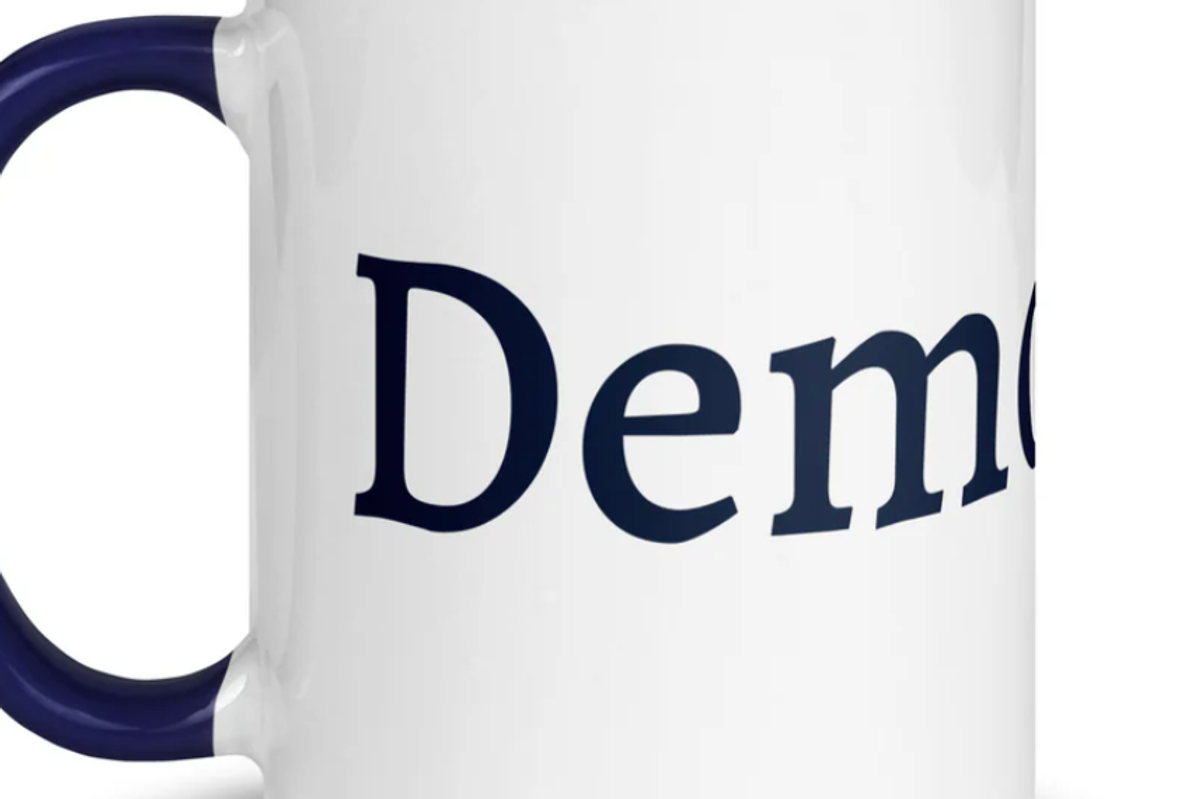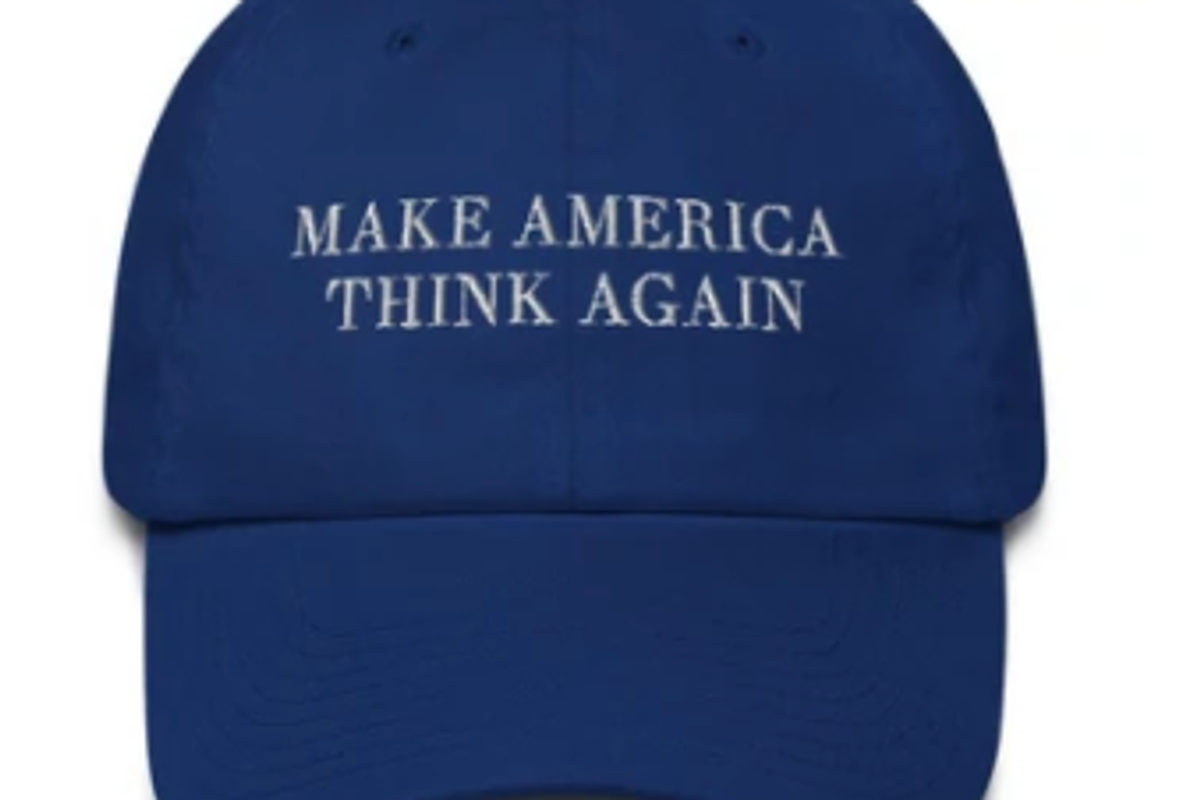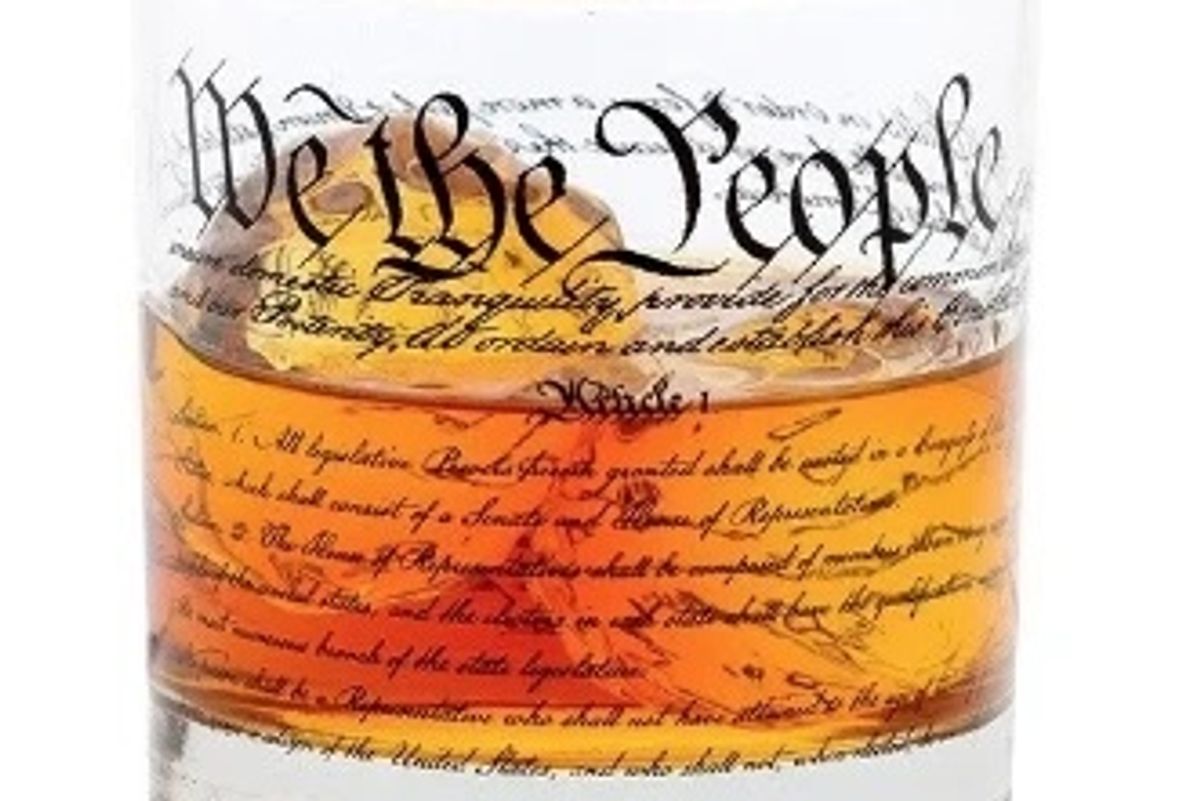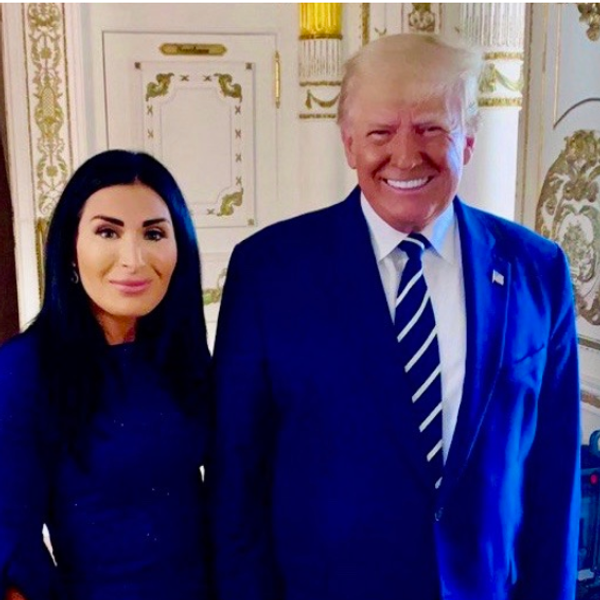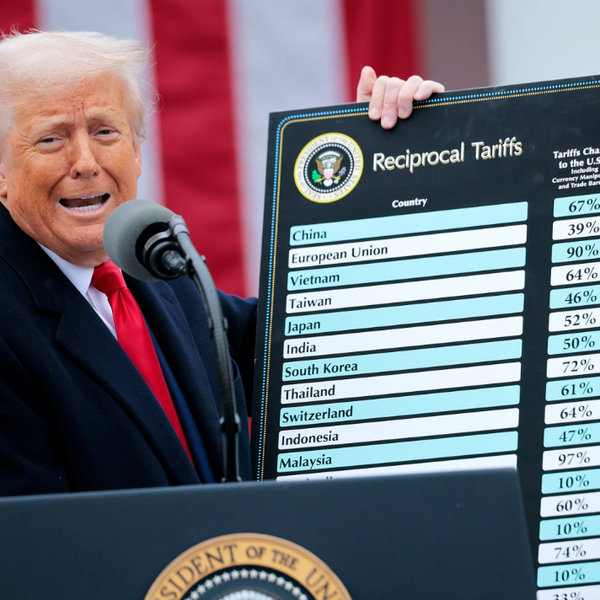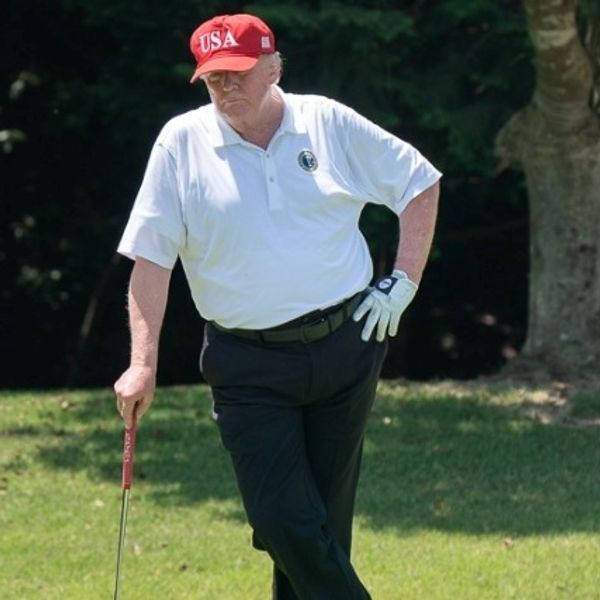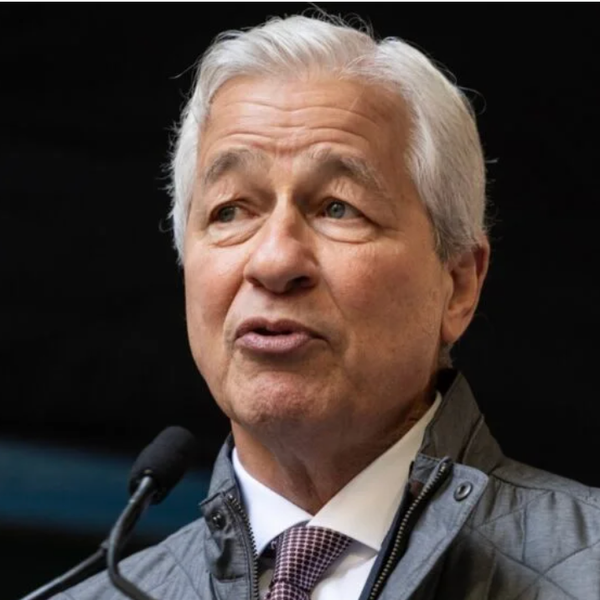Can Anyone Make Sense Of Trump's Senseless Tariffs?
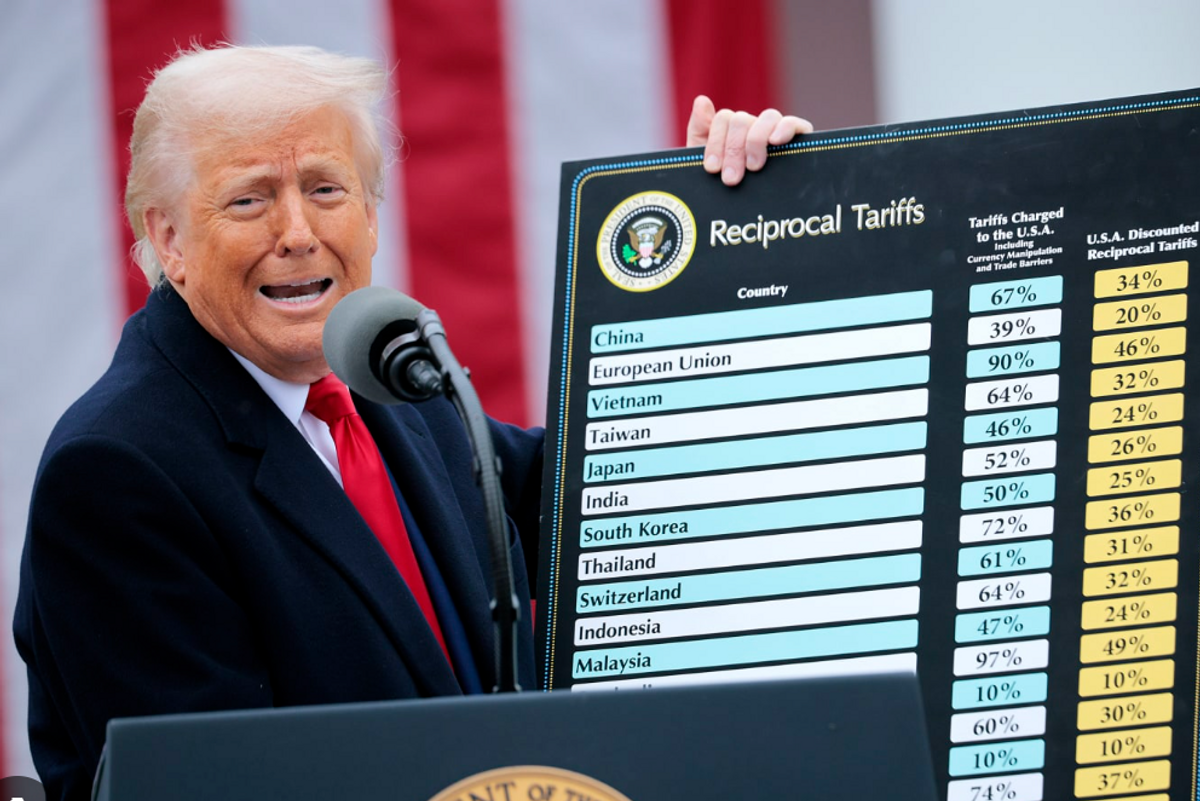
President Donald Trump in the White House Rose Garden on April 2, 2025
They started collecting the largest tax ever imposed on the American people while Trump was on Air Force One on his way to a golf tournament in Florida.
Having taken a two-by-four to the global economy from a podium in the soon-to-be-paved-over Rose Garden at the White House, the president of the United States met with certifiable psycho Laura Loomer in the Oval Office and fired six of his employees on the National Security Council on her recommendation because they are disloyal “neo-cons.”
Then he flew to Palm Beach, Florida, where he plans to spend the rest of the week at his resort-club-residence, Mar-a-Lago, either watching multi-millionaires play golf in a Saudi-owned LIV tournament at his Doral Golf Club or playing the game himself. By Monday, Trump will have spent 25 days playing one of his golf courses in Florida at taxpayer expense, a quarter of the time he has been in office during his second term.
All of which makes about as much sense as the wide-ranging and onerous tariffs Trump unilaterally imposed Wednesday on imports from foreign countries, most of them long-time U.S. allies. Stock markets around the world reacted predictably, posting what the Washington Post called “correction territory” losses on Thursday.
Is this just another jaw-dropping day in Trump’s America, or is it something else – specifically, something worse? Is there something to figure out here? Let’s take a stab at it.
Trump told voters last fall that he would impose “big, beautiful tariffs” on what he insisted are “other countries,” despite the fact that like the United States, other countries collect taxes and do not pay them. Tariffs Trump announced yesterday range from 25 percent on our closest neighbors, Canada and Mexico, to 10 percent across the board on the rest of the world, with increases approaching 50 percent on goods from China, Vietnam and Cambodia, and approaching 20 percent on members of the European Union. Countries with which Trump is friendly, like Saudi Arabia, Russia, Qatar and his wife’s home country Slovenia, will see increases in the vicinity of 3 percent.
Who will pay? Not the manufacturers of sneakers and t-shirts or the producers of coffee beans or cocoa or bananas or BMW’s and Toyotas or cell phones. The tariffs will be paid by the American companies that import what we want to consume. The tariffs will be paid to customs collectors at the borders when the goods pass into the U.S. The money will be passed along to the U.S. treasury, where technically, as taxes collected by the government, it will become our money as U.S. citizens.
Then it will be deducted from our bank accounts in the form of higher prices passed along by importers like Target and Kroger’s and Walmart and Macy’s and Apple and Google and Ford and General Motors and which use imported parts in automobiles and trucks made to be sold to citizens like you and me.
So, let’s see if we can get this straight. Trump and his chainsaw-wielding cutter Elon Musk insist they want to reduce the size of the United States government by firing employees and cutting outlays for things like school lunches and federal housing support and repairing bridges and conducting research on new medicines and life-saving medical procedures, all of which is supposed to save us money so they can cut taxes.
Meanwhile, the U.S. Treasury, a department of the government, will be taking in what Trump’s sock-puppets claim will be $6 trillion in tariffs on imports, as we pay for those tariffs in the form of higher prices on foodstuffs and clothing and electrical devices we need to communicate with each other and entertain ourselves and cars we need to drive to work so we can earn more money and pay what Trump promises will be lower taxes on our earnings.
Are you seeing the same circular reasoning I’m seeing here? No, it’s not reasoning, it’s an economic system. No, it’s not even that, because a system implies logic, as in one thing leading logically to another, and I see no discernible logic here.
What I can see is money flying out of our bank accounts in the form of income taxes and then more money leaving our wallets in the form of higher prices we pay to make up for the tariffs being paid by the companies importing the stuff we buy from them, at the same time that our smaller government is collecting more money it says will be spent on less public stuff benefitting fewer people who are paying more money into the public coffers.
Trump’s rationale for his scheme of higher tariffs on more imports from more countries is to reindustrialize this country so there is more manufacturing employing more U.S. citizens to make more stuff right here in the U.S.A. At his Rose Garden signing ceremony yesterday, Trump explained that if things are manufactured here, there will be no tariffs on those goods because they will not be imported and come across a border where tariffs are collected, thus we will have a lower trade deficit, which he seems to believe is a terrible thing to have.
But who is going to pay for all the new manufacturing plants? Let’s say you import computer chips, and now you want to make them here, so you need to build a plant where you can employ people to make them. Because you’ve been paying tariffs on your imports, you’ve had to raise prices. Higher prices for your computer chips have led to lower sales, which have produced lower income. The people buying your higher price chips have less money in their bank accounts they could use to buy stock in your company that might provide money for you to build your new plant.
So, the U.S Treasury has all the tariffs you’ve paid on your imports, but because it is a Republican Treasury Department in a Republican government, there are no plans for a Biden-style public spending bill like the Chips and Science Act that provided money not only for research into new technologies but tens of billions in public subsidies for new chip manufacturing plants in the U.S.
So, all that tariff money is sitting there doing nothing to help build new manufacturing plants because in the perfect world of the imaginary free market, the government has no role in private business.
And then there is this part of the “logic” of tariffs: For every plant built in the U.S. that produces goods on which tariffs are not collected, there is less tariff income in the federal treasury, which means that income taxes will have to go up by a corresponding amount to keep the government going, even the alleged smaller government. For every tariff imposed by the U.S., another tariff was imposed by another country to retaliate for the first tariff, and so on and so on and so on.
With the circular logic of Trump’s tariffs complete, the smoothly-functioning system of mostly-free international trade is gone, along with the growing economies of countries all over the world like China and Vietnam, which used to be rural and agricultural but became urban and industrial and added their growing GDP’s to the world’s GDP as countries and people and the world got richer and engaged in more trade, making more money for more people to consume more goods that needed to be manufactured by more plants in more countries.
And then on Wednesday, a man took a Sharpie and scribbled his name, and the system of trade between countries that took nearly 100 years to put together came to a stop. Econ 101 will never be the same.
Reprinted with permission from Lucian Truscott Newsletter.
- Trump's State Media Struggling To Justify His Economic Failure ›
- 'Hit Him Back Twice As Hard': Ontario Premier Bluntly Challenges Trump ›
- Kentucky Is About To Get Screwed By Trump Again ›
- Over And Over, Trump Kicks America's Farmers In The Teeth ›
- Farmer Suicides Rising In Wake Of Trump’s Trade War ›

